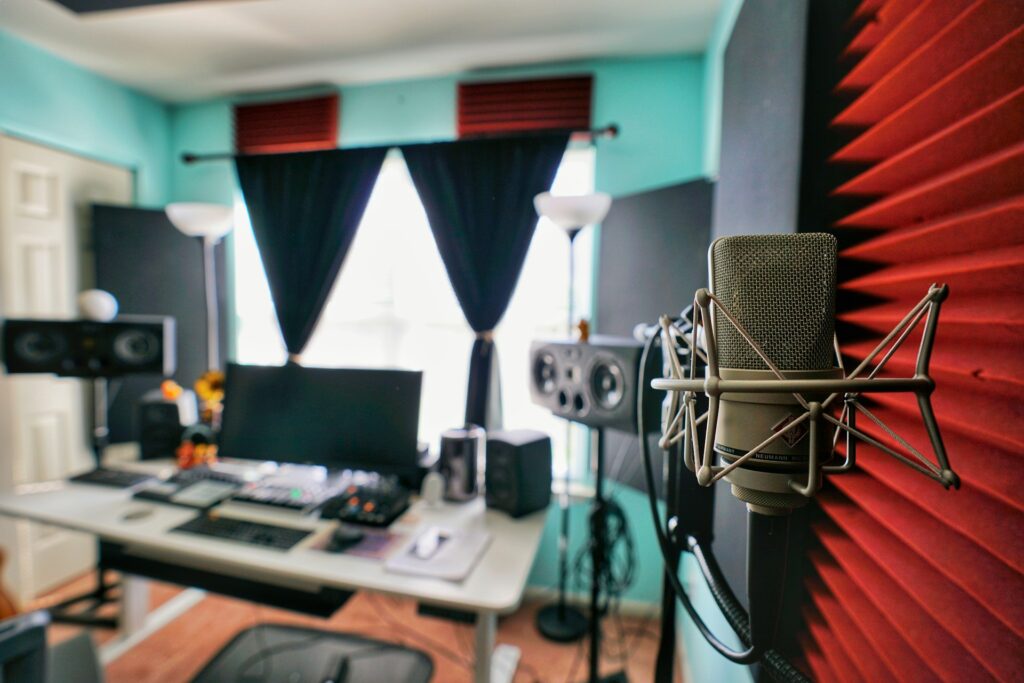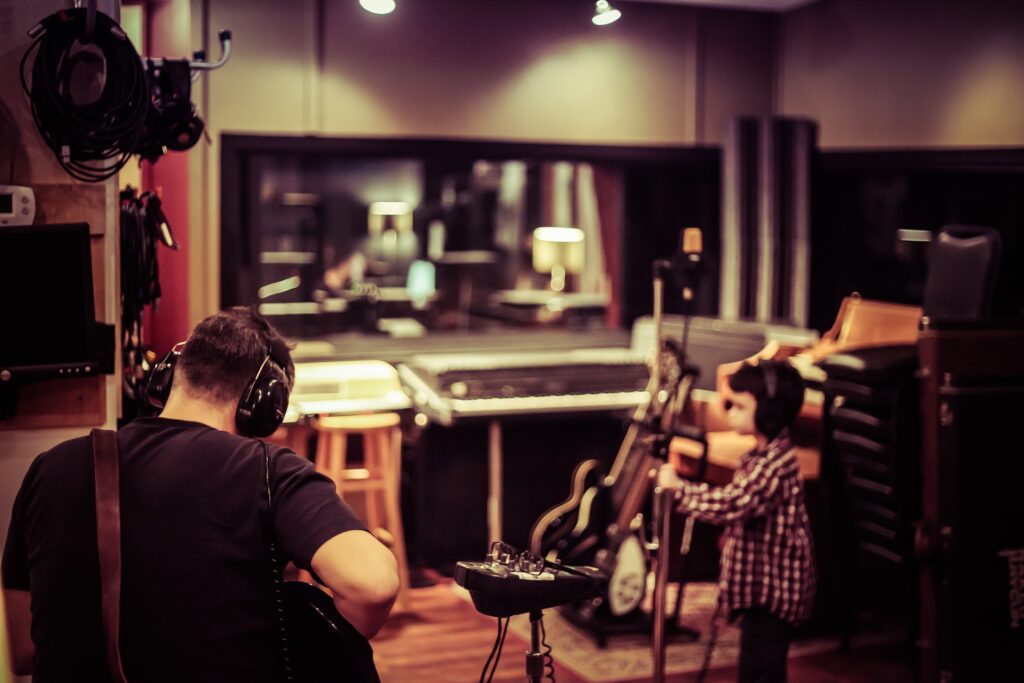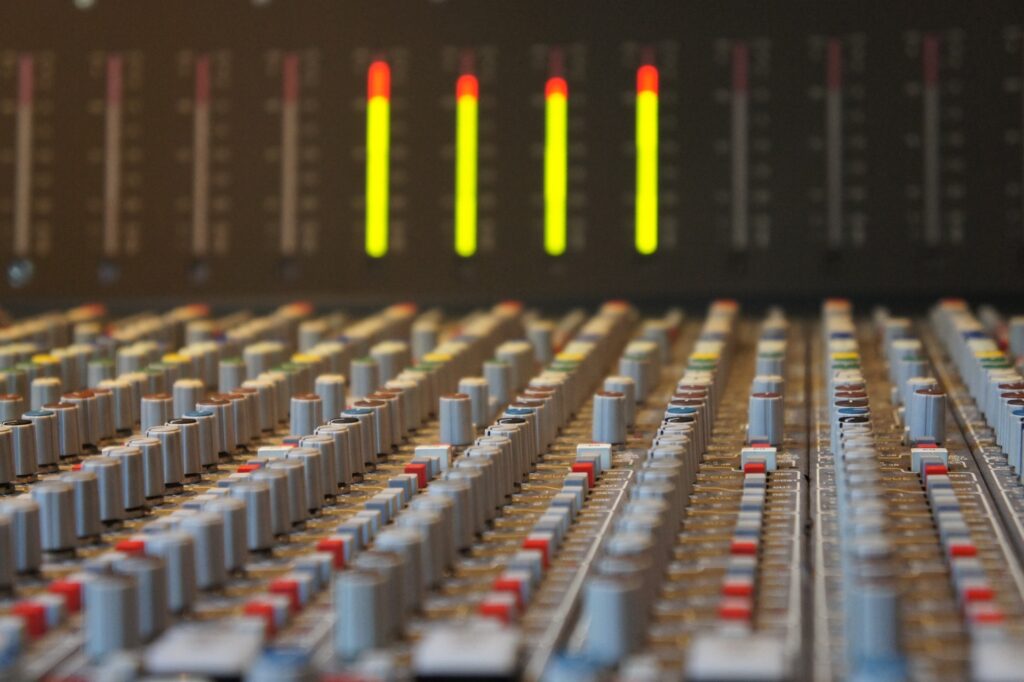Home Recording Guide For Rock And Metal –
Part 1: Overview

Setting up a home studio to self-record your band’s music can be a daunting task. There’s so much gear to choose and so much room to mess things up. In this Home Recording Guide we’re going to look at the needs of a basic recording setup and what’s important before and during sessions.
This first part of the Home Recording Guide series will give you an overview of what goes into a serious home recoding setup. In the follow-up parts we’ll discuss all those aspects in detail, so that they hopefully serve you as a reference in the future. These are the topics and keywords we’re going to expand upon:
1. Studio components for home recording
There are many parts that go into any studio setup. The following basic ones that are relevant for general band recording purposes will be included:
- Room(s)
- Acoustic treatment
- Microphones, DI-Boxes
- Cables
- Audio interface + Preamps
- Computer
- DAW
- Plugins, virtual instruments, amp simulations
- Studio monitors
- Recording headphones

2. Home studio setup
The studio setup includes:
- Room preparation: acoustic treatment, moving furniture (if needed) etc.
- Recording space setup: Positions for instruments, vocalists, microphones
- “Control room” space: Desk, computer, interface, monitors
- Interface/preamp setup
- Cable management
- Computer setup/optimization
- DAW setup

3. Home recording workflow
This part will be about organizing and maintaining an efficient way of running your home recording sessions. The workflow chapter includes:
- Home studio vs. commercial facility
- Separation of production phases (songwriting, pre-production, recording, editing, mixing, mastering)
- Teamwork & distribution of tasks
- Time management
- Session preparation and organization
- Tracking workflow
- What to do after recording

4. Cooperating with studio professionals
Since we’re talking about ambitious home recording projects where you’ll want to release a commercially competitive record at some point, we’re also going to talk about how to hand off a project to a studio professional for parts of the production. This part about the specifics on collaboration includes:
- What to do about editing (what, when and how)
- Working with a mixing Engineer
- Choosing a mix engineer
- Scope of work and included services (reamping, drum replacement, additional editing, vocal tuning etc.)
- Time frame
- Upload format
- Deliverables
- Preparation of Files/Tracks
- Reference songs
- Preparing a rough mix
- File delivery
- Changes (revisions)
- Mastering
- Medium of distribution: Music streaming, Music video, CD, etc.
- Scope of work (DDPI needed/included?)
- Deliverables & Formats
- Changes (revisions)
Ready to go deeper? See you in Part 2!

Raphael Arnold
Audio Engineer | Producer
Do you need help with your mixes? Click below to see what I can do for you.
